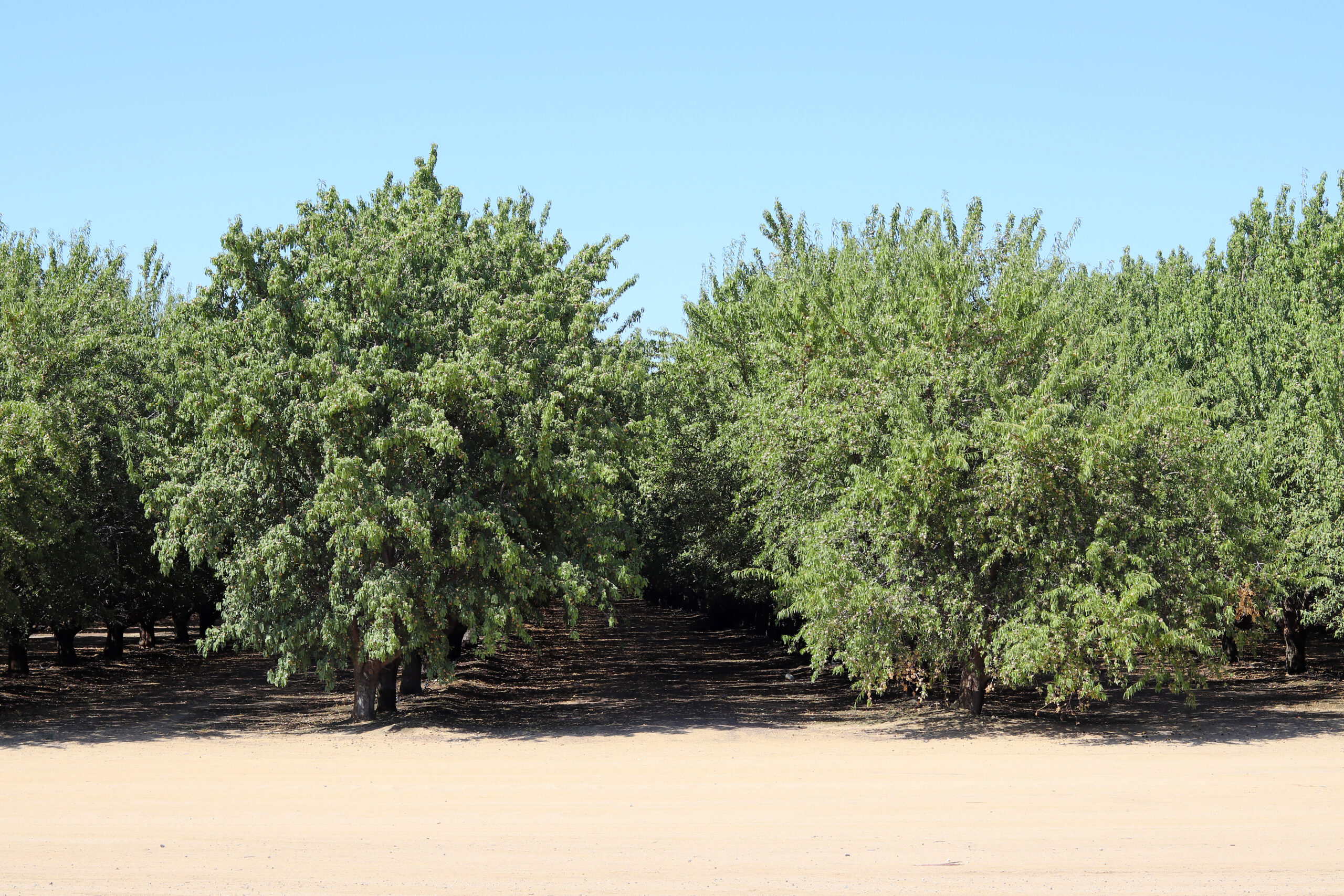As we go into our second year of drought, we need to look back at some of the lessons we learned from the 2012-2016 California drought so we can come out of this thing successfully. Droughts in California can be long and uncertain but, like all forms of disaster, preparation greatly diminishes drought losses, and organization is central to effective preparation and response.
Statewide crop revenue losses were approximately $1.7 billion in 2014–2015, the deepest two years of the last drought (Howitt et al. 2014, 2015a, b), for an approximately $45 billion/year agriculture industry. Seventy-two percent of these losses were in the southern Central Valley (15% in the San Joaquin basin and 57% in the Tulare basin), concentrated in areas lacking access to good groundwater. It’s estimated that 50% of agricultural well water is affected by salinity. Nutrient disturbances under both drought and salinity reduce plant growth by affecting the availability, transport, and partitioning of nutrients.
However, drought and salinity can differentially affect the mineral nutrition of plants. Salinity may cause nutrient deficiencies or imbalances, due to the competition of sodium and chlorine with nutrients such as potassium, calcium and nitrates. Synthetic fertilizers also contribute to excessive salt conditions in our soils.
Drought, on the other hand, can affect nutrient uptake and nutrient movement within the plant to its roots and shoots. Despite contradictory reports on the effects of nutrient supply on plant growth under saline or drought conditions, it is generally accepted that an increased nutrient supply will not improve plant growth when the nutrient is already present in sufficient amounts in the soil and when the drought or salt stress is severe.
So, what’s the answer? Well, as stated above, prepare versus react. We know that keeping soil unplowed and covered in living plants increases its ability to absorb water by 70%. It also reduces hardpan, increasing water infiltration rates by nearly 60% with perennial crops and 35% for cover crops.
Also, Andaman Ag has products that when used together can mitigate salinity and excess minerals like chlorine, sulfur and boron. We have products that naturally increase the plants’ metabolisms to counterbalance these negative impacts. The answer isn’t to apply more nutrients hoping that they can somehow be absorbed by the plant. The answer is to make the plant as healthy as possible – for example, by increasing photosynthesis, the engine that drives root exudation, growth, and fruit development.
The second course of action it to help the soil move what will be impeded by higher salinity, and to reduce detrimental minerals. We have microbial products and unique calcium products that do an excellent job with these tasks. These products improve water absorption, carbon sequestration and water holding capacity, and reduce compaction. They help free up potassium and improve plant uptake. Finally, we have a product called AquaVantage that is a natural, bio-based superabsorbent that releases up to 95% of its moisture to plant roots. It can reduce water consumption by 25%.
Again, combating drought, water quality and soil imbalances doesn’t involve a single product but an overall approach or game plan involving a number of products. This may be an approach needed in California for years to come. Please give us a call or email to discuss.





